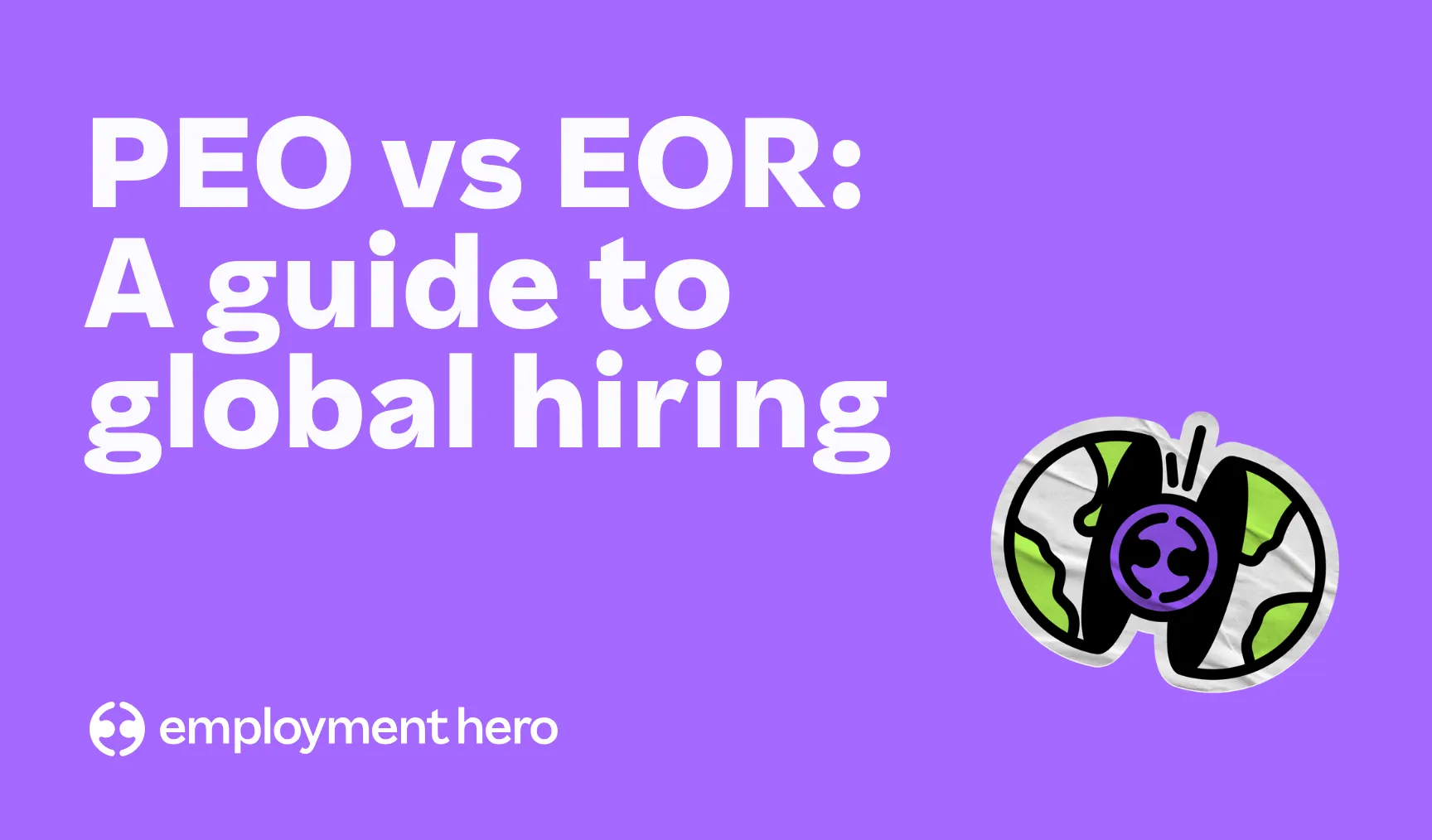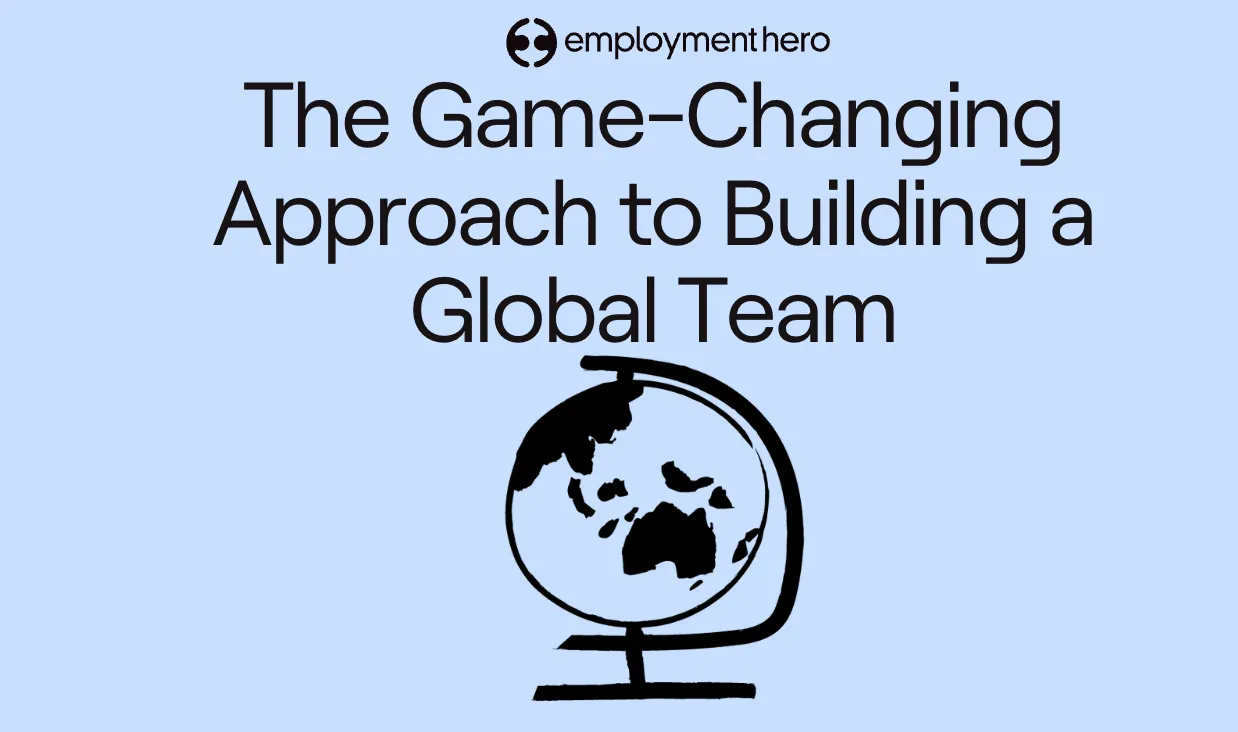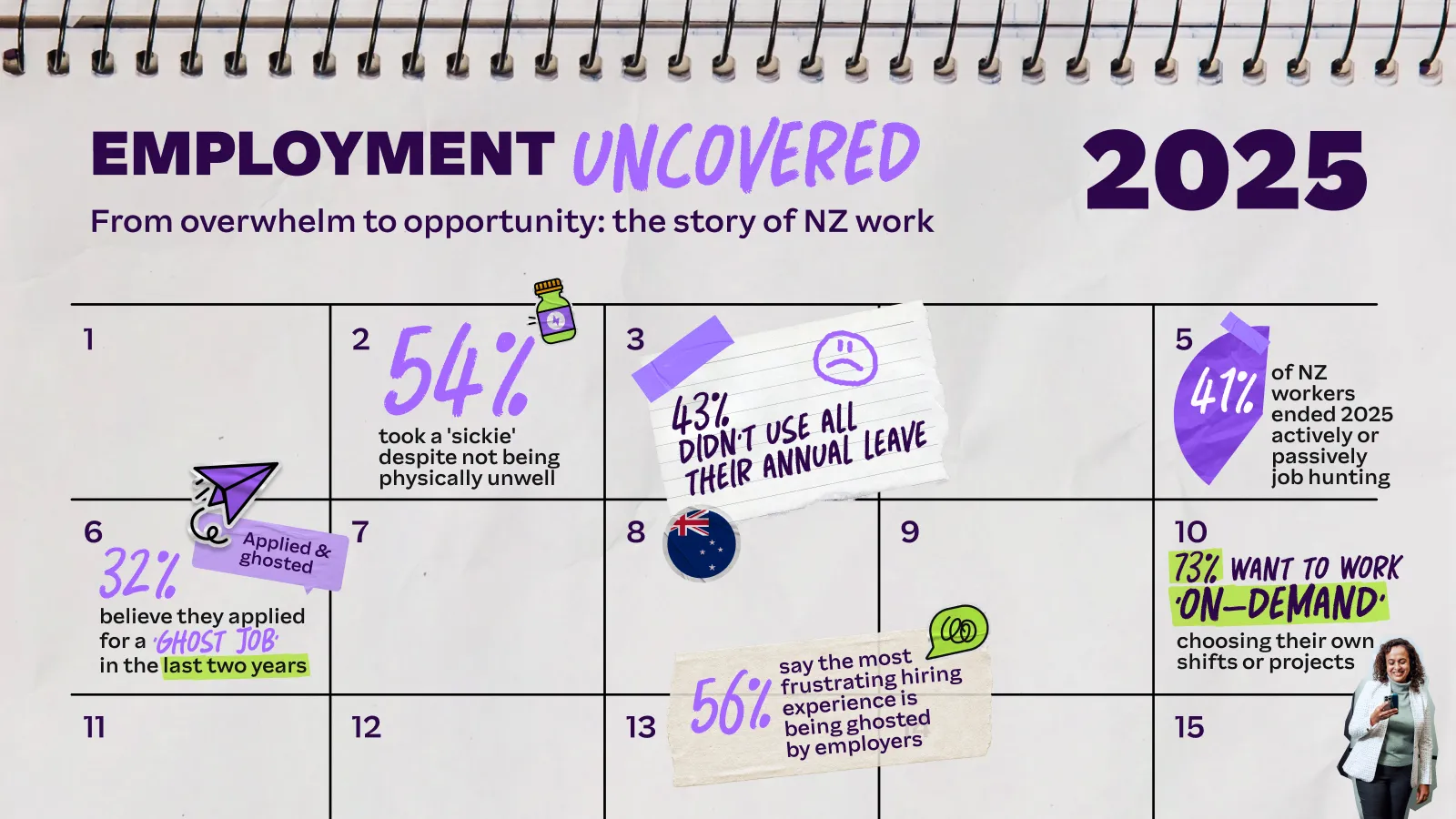Changes to the RSE Scheme: What seasonal employers need to know
Becoming a Recognised Seasonal Employer comes with its unique challenges. Here’s the latest updates to the scheme.

Contents
There are around 198 Recognised Seasonal Employers in New Zealand, employing almost 20,000 people from our Pacific neighbours every year in the horticulture and viticulture sectors. The work that is completed makes a significant difference to our exports and to the food we stock in our supermarkets and pantries. Becoming a Recognised Seasonal Employer comes with its unique challenges, with specific guidelines and rules to avoid any potential misuse of the scheme. Employers must stay across every change, which is why we’re taking you through the seismic updates made to the minimum wage rates and sick leave entitlements from late last year.
What is a Recognised Seasonal Employer?
A Recognised Seasonal Employer (RSE) is a New Zealand employer in the horticulture and viticulture sector, who is qualified to hire workers from eligible Pacific Island countries to plant, maintain, harvest or pack crops. The employment period is usually for either 7 or 9 months in any 11-month period, after which the employee would return home. The scheme is capped at 19,500 workers for the 2023/24 year, although it tends to change annually. The reason for this scheme, which was first started back in 2007, is to fill labour shortages in seasonal roles where local employees are hard to find. It’s also part of New Zealand’s alliance with the Pacific countries, designed to offer workers from those countries an opportunity to earn money in the country and learn new skills.
Baseline responsibilities for RSEs
To become recognised as an RSE, employers must meet a stringent set of government criteria. Their recognition is also only valid for two years and must be re-applied for at the end of that period. For a complete list of requirements, visit this form here. Recognised Seasonal Employers also have to obtain an Agreement to Recruit (ATR), which enables them to offer employment for specific roles to non-New Zealand citizens or residents. They can only employ workers from the following countries: Fiji, Kiribati, Nauru, Papua New Guinea, Samoa, Solomon Islands, Tonga, Tuvalu and Vanuatu. The offer of work can be for up to seven months, except for those from Tuvalu and Kiribati, who can stay in New Zealand for up to nine months. In turn, the prospective RSE worker must apply for a Recognised Seasonal Employment Limited Visa before coming to New Zealand, once they have received an offer of work.
The latest changes to the RSE scheme
On 1 October 2023, Immigration New Zealand introduced new mandatory guidelines around minimum pay and sick leave for RSE workers. It’s critical that all seasonal employers have amended their current processes to reflect this, as without change you may be found in breach of your ATR and be penalised accordingly. The changes are as follows:
Minimum pay
From 1 October 2023, all workers must be paid the minimum wage rate, plus 10%. This includes all workers, regardless of when they were granted their visas. The minimum wage is currently $23.15, so that would make the minimum hourly rate for RSE workers $25.47 ($23.15 + 10%). This also changes the weekly wage, which currently has to meet a minimum remuneration of 30 hours per week. So, the minimum weekly wage currently stands at $764.10 ($25.47 x 30). However, the minimum does vary a little depending on the employment agreements you have with your seasonal employee. For employment agreements that are six weeks or more, the minimum remuneration is the greater of the following two amounts –
- Payment at no less than 240 hours at the ‘per hour’ rate, regardless of the actual availability of work, or
- Payment for a minimum of 30 hours per week at the ‘per hour’ rate for the period worked.
If you have employment agreements that are less than six weeks, the minimum remuneration is payment for 40 hours per week at the ‘per hour’ rate, regardless of availability of work.
Sick leave
For all RSE workers who were granted a visa on or after 1 October 2023, they are now entitled to paid sick leave. The quantity is two days of paid sick leave from their first day of employment, and an additional 2 days each month until they reach the maximum of 10 days of sick leave on their four-month anniversary. The new sick leave entitlement must be in their written employment agreements. Seasonal employers may provide the entitlement to those workers with visas granted before 1 October 2023, but it is optional. If you do, ensure that you record this in writing and let the workers know about their entitlements. Payment of the sick leave should be an amount that is equivalent to the RSE worker’s relevant daily pay or average daily pay.
What it means for employers
This is quite a big change for seasonal employers, so your processes must be changed to reflect them. Ensure that you’re across what your employment agreements now need to contain, how you’re calculating minimum pay and that you’re factoring in sick leave. It’s important to note that the new sick leave entitlement affects what happens in the event of an RSE worker leaving before four months of employment if they’ve used more sick leave than their entitlement. In that instance, you are allowed to deduct the relevant amount of pay from their final wage payment. There is no requirement to pay out any balance of the remaining sick leave entitlement, however, if it has not been used by the time the worker leaves your employment.
Employment Hero is here to help seasonal employers
We know that these changes will require a lot of manual admin. If you’re running payroll software, you may have to add brand new leave categories and adjust pay brackets for every pay cycle. That’s why Employment Hero has incorporated the changes into our payroll software automatically, so all our users can benefit from a system that is up-to-date and suitable for your needs. That includes:
- An optional ‘RSE sick leave’ category in our system.
- Automated accrual of RSE sick leave, which stops after reaching a maximum of 10 days after four months of accrual.
These changes are designed to make organising your team super easy and simple to manage. To find out more about how Employment Hero can support your business as a seasonal employer, book a call with one of our team today.
Disclaimer: The information in this article is current as at 2 April 2024, and has been prepared by Employment Hero Pty Ltd (ABN 11 160 047 709) and its related bodies corporate (Employment Hero). The views expressed in this article are general information only, are provided in good faith to assist employers and their employees, and should not be relied on as professional advice. The Information is based on data supplied by third parties. While such data is believed to be accurate, it has not been independently verified and no warranties are given that it is complete, accurate, up to date or fit for the purpose for which it is required. Employment Hero does not accept responsibility for any inaccuracy in such data and is not liable for any loss or damages arising either directly or indirectly as a result of reliance on, use of or inability to use any information provided in this article. You should undertake your research and to seek professional advice before making any decisions or relying on the information in this article.
Related Resources
-
 Read more: PEO vs. EOR: A guide to global hiring
Read more: PEO vs. EOR: A guide to global hiringPEO vs. EOR: A guide to global hiring
Learn the key differences between a PEO and an EOR. Discover why an EOR is the smarter, safer way to…
-
 Read more: How to build a global team without a local entity
Read more: How to build a global team without a local entityHow to build a global team without a local entity
Learn how to streamline your hiring and expand your NZ business globally with an Employer of Record (EOR) without the…
-
 Read more: Employment Uncovered: Inside the Story of New Zealand Work in 2025
Read more: Employment Uncovered: Inside the Story of New Zealand Work in 2025Employment Uncovered: Inside the Story of New Zealand Work in 2025
Inside the story of NZ work in 2025. From rising ‘sickies’ to hiring fatigue, see how Kiwi work patterns are…





















